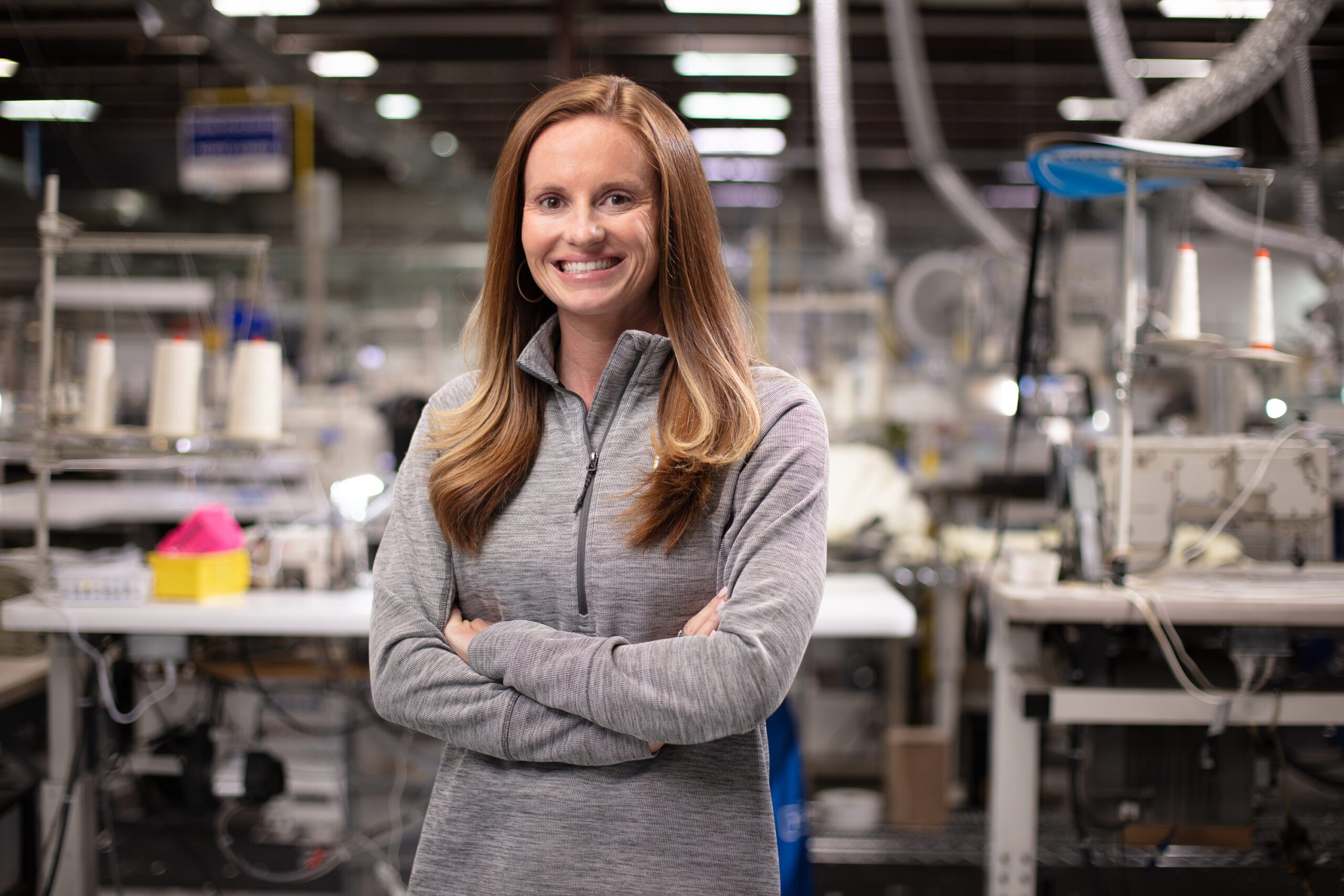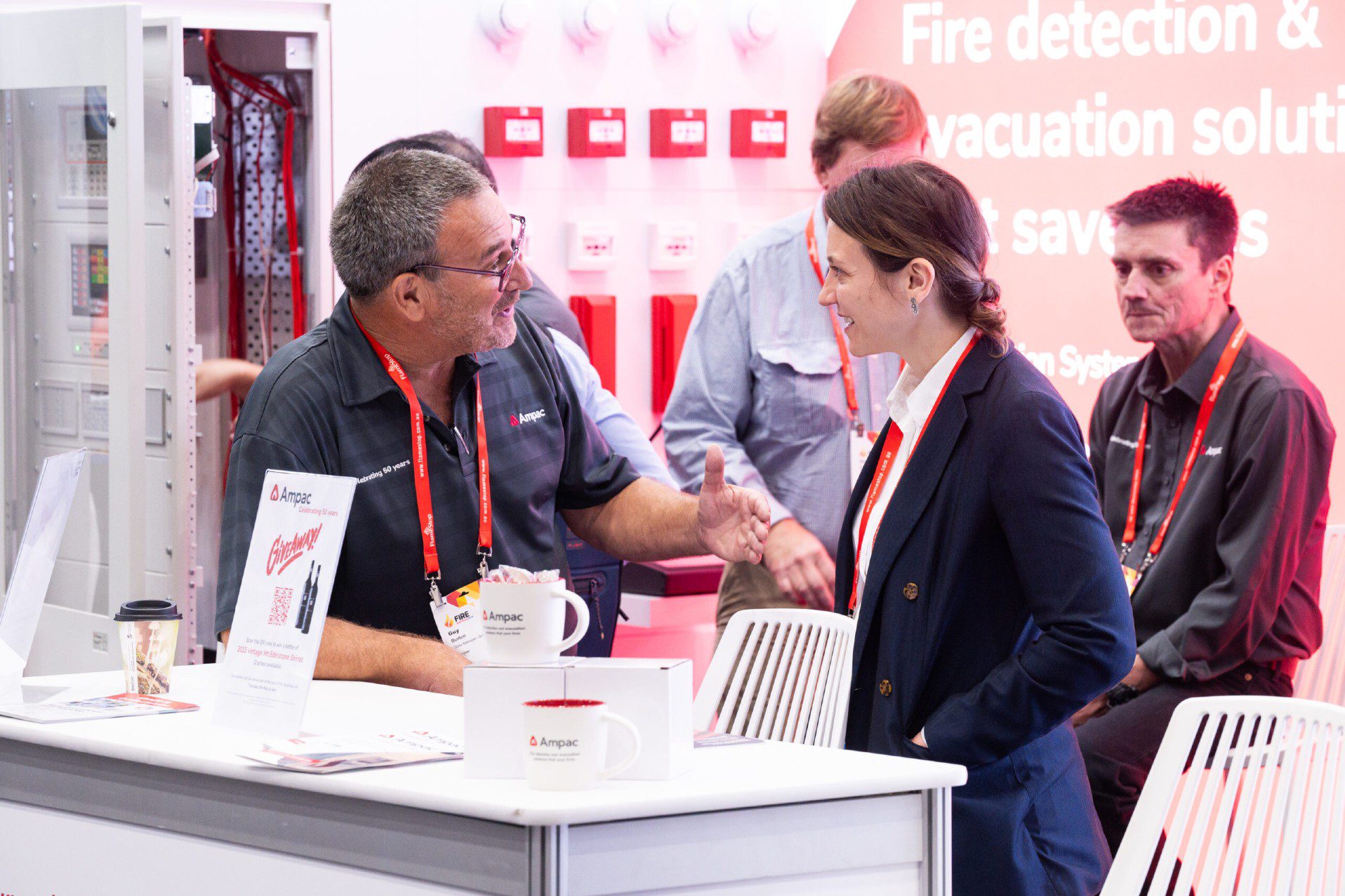Fire Buyer takes a look at the history of vehicles in the fire service and presents how technological innovation and the changing environment effects design
There is no doubt about the fact that fires are as old as the entire human civilization which is why communities and societies have always felt the need to come up with organised ways to protect themselves from unpredictable fires.
Also, considering how the world itself and populations have expanded so rapidly with rural areas and urban areas becoming so densely-packed, the need to come up with fire protection strategies at a civic level has increased a great deal. This was particularly evident during the formation of numerous American colonies when people realised that something had to be done to protect the new settlements from getting destroyed by these fires.
Water pumps on wagon wheels
The first ever fire apparatus that came into existence was the pumps-on-wheels equipment, which basically included a water supply pump that was mounted onto a wooden chassis. There was also a large lever attached to this framework whose main purpose was to provide a place to the firefighters to rest their feet.
Although pumps on their own had existed since Roman times, they proved to be slightly difficult when used for the purpose of fire extinguishing. This is primarily because most of the early types of pumps simply spurted water rather than spraying it which made it quite challenging to generate an adequate stream of water. This equipment was called “bucket brigades” and was even used to put out fires in Europe.
Horse-drawn pumpers
Soon enough, as a result of the technological advancements post-Industrial Revolution, the pumps-on-wheels apparatus was replaced by horse-drawn steam pumpers. Groups of horses were used to pull steam trucks in order to pump water at the fire scene.
This went on from the 1840s all the way until the First World War, especially in the United States. There were large horses that pulled heavy steam-powered fire trucks along with a team of three to four men who had to be present at the scene in order to operate the pump.
Gasoline engines
While horse-led steam trucks did solve quite a few issues, there were still big problems faced by firefighters in terms of logistics. The large teams of horses had to be watered, fed and stabled which proved to be quite time-consuming and costly.
With the advent of the 19th century, these horse-driven trucks were taken over by gasoline engines. From the First World War until the 1920s, gasoline engines were used to power the fire trucks. A gradual increase in efficiency was noticed by people as gasoline completely superseded the use of steam. These engines proved to be faster and more efficient than horse-drawn steam powered trucks because the water pumps were much better able to create a powerful stream of water.
Modern fire trucks and technology
The fire trucks that you see today are mainly the result of technological advancement in materials, technology and environmental impact, in addition to innovation and adapting to a changing environment, particularly urbanisation.
The modern fire truck is based on ladder trucks that were developed in the first half of the twentieth century. These trucks were specially created because cities were expanding both upwards and outwards rapidly and one of their most defining features during that century was the growth of the skyscraper. The firefighters sensed an imminent need for a firefighting apparatus that was durable, effective and ensured ultimate protection. The fires were also more common at greater heights which strongly called out for a ladder truck.
A pivotal invention that incorporated the ladder technology was the “Hayes Ladder” which was very different from the previously used traditional kind of ladders. The main difference was that this one had the ladder mounted to the truck with a spring mechanism that allowed firefighters to raise or elevate the ladder at tall buildings.
This further allowed them to rescue people from upper-level windows and even enter the building from a particular height. This particular fire equipment gained significant popularity and the idea of a ladder mounted to the fire trucks was carried forward to the 21st century, resulting in the much-similar modern-day fire truck.
Ever since the idea of using a fire truck was formulated for fire protection, it has undergone several transformations that have resulted in a variety of different types of fire trucks. Some of these are still used quite commonly while others have faced great decline in their popularity.
- Conventional fire truck
This is a standard type of fire truck with an engine which has been mainly developed for firefighting operations. It serves the purpose of taking the firefighters to the fire scene as well as carrying essential tools, hoses and equipment to the scene along with a limited water supply.
The kind of tools carried by the conventional fire apparatus greatly depend on factors like the size of the vehicle and the type of terrain it has to handle. The latter can range from rough terrain to a smoother one.
- Pumper truck
These are one of the most commonly used fire apparatus by most fire departments and are also often called ‘triple combination pumpers’. They are similar to wagons and are typically fitted with a hose body, fire pump and a water tank. A pumper is seen at any fire scene where it is basically used to provide firefighters with important tools to help contain the fire and also to save the victims.
- Turntable ladder truck
This is a special aerial apparatus that makes use of a large ladder in order to gain access to those areas that are at quite a height. The unique name of this fire truck comes from the fact that there is a turntable present at the back of the truck which mounts a large ladder. The turntable allows the ladder to pivot which makes it easier to spray water in the desired direction.
Many modern day turntable ladders come with a built-in water function where some consist of a pre-piped waterway that extends all the way across the ladder while the others have an on-board supply reservoir. They also often carry out other functions by holding a number of additional tools like an aerial ladder, onboard pump, fire hose and a quad.
- Heavy rescue vehicle
As the name suggests, this type of fire apparatus is specialty equipment that is used for technical rescue operations. It is sometimes referred to as ‘rescue squad’ which is one of the reasons why you will often see heavy rescue vehicles not only at a fire scene, but also in massive traffic collisions, swift-water rescues and in building collapses.
- Tiller truck
A specialised ladder truck, the tiller truck is a firefighting apparatus that has a turntable ladder attached to a semi-trailer truck. It is like a hybrid version that uses both trailer and tractor. Interestingly though, it has two drivers, along with separate steering wheels for both the front and rear wheels.
This division between the two gives the tiller truck the incredible ability to maneuver quite efficiently, which is one of its main features. This results in sharper turns, especially in maze-like roads and narrow streets. Another great feature of the tiller truck is its length that often crosses over 50 feet. This creates additional space in the truck for carrying fire-related necessary tools and equipment.
- Wildland fire engines
The main purpose or intention behind Wildland fire engines is to be able to maneuver on rough, challenging terrains, coupled with a high clearance for suspension and wheels. These are types of fire trucks that are used instead of the regular conventional trucks to combat fires in difficult hills and mountains.
Most of these vehicles feature a four wheel drive that performs really well in rough terrain areas. Compared to traditional types of fire apparatus, Wildland fire engines have the ability to pump water while driving that greatly allows them to run attacks on vegetation fires in order to prevent them from spreading rapidly. Vegetation fires can have a devastating tendency to spread really quickly that ends up destroying far too many plants, crops and trees. This is why Wildland fire engines are ideal for firefighting in such areas.
A-Wagon
Commonly referred to as a hazardous materials apparatus, A-Wagon is a special vehicle that is used to fight brush fires and grass fires. The specialised name of this fire apparatus is due to the fact that these vehicles used to consist of separate auxiliary motors that released water from the pump. This suggests that the motor could allow the vehicle to roll and pump both at the same time.
Fire service vehicles have many different discrepancies on build, look and equipment carried. This is because fires happen in all different environments, and firefighters must be best equipped to extinguish these fires and save lives. Technology has played a vital role in the changing of fire vehicles throughout history.
Commentary: Michael Madsen Managing Director of Emergency One Group
Emergency One is one of the UK’s provider’s of Fire and Rescue Service specialist appliances. Our ethos of continuous development and investment in our skilled people and into our expanding product range has positioned us as an expert in our sector.
A combination of listening to customers and investing heavily in R&D, helps to introduce new vehicles and componentry to the market only when they meet our key criteria, namely;
- They must improve firefighter and public safety
- They must address key customer issues and risk reduction strategies
- Environmental and Equality Impact Assessments are carried out (covering design, manufacture, and operational performance), with products optimised accordingly
Our recent technological advancements in our product range efficiency, user safety and performance spans a wide array of vehicles, systems and componentry – a small selection of which are as follows;
- E-1 EV0; the world’s first all-electric (BS EN1846 pumping) fire appliance. This vehicle maintains all of the functionality of a traditional diesel-powered appliance, but with full electric drivetrain and pumping capability (and zero emissions).
- E-1 Scorpion; a pumping appliance with additional High Reach Extendable Turret (HRET) capability (16m or 20m). The HRET’s monitor and piercing lance (with misting functionality) allows firefighters to tackle certain incidents remotely (e.g. structural firefighting externally).
- “e1fleet”; our bespoke vehicle telematics system – this provides real-time web-based data on the location and performance of our specialist fire and rescue appliances (with world-wide coverage), as well as providing our own engineers (and/or the end-users’) with diagnostic data. Issues with the appliance(s) performance can be attended to in a more proactive fashion, minimising appliance downtime etc.
Commentary: John Schultz, General Manager – Pumper Products Pierce Manufacturing
The demand for safer, more maneuverable and efficient fire apparatus continues to drive new technologies. Today’s municipal and aircraft rescue and fire fighting (ARFF) fire apparatus continue to evolve into complex, technology-driven vehicles. What technology developments will make the biggest impact on the life-saving functions of fire departments? Consider these three critical factors and the related advancements.
Safety:When designing a fire apparatus, safety is a top priority. Advancements in lighting, situational awareness, collision mitigation, and carcinogen reduction are just a few safety innovations that have come to the forefront in recent years. One of the most notable safety technology advancements and fire apparatus features is side roll protection. With fire truck accidents and rollovers on the rise, side roll protection, such as, recent introductions of RollTek technology in a Pierce commercial chassis and the Oshkosh Striker ARFF helps protect occupants by allowing for side roll air curtains to deploy from the seating system in a crash or rollover event.
Maneuverability: Whether a fire apparatus operator is navigating narrow city streets or the diverse elements of an airfield, maneuverability and maximum control are crucial. Developed by Oshkosh, TAK-4 Independent Suspension has evolved into a good example of mobility for heavy-duty vehicles and fire apparatus. TAK-4 independent front and rear suspensions increase vehicle mobility and improve ride quality while lowering life cycle costs. For the highest level of maneuverability, TAK-4 independent rear suspension is also available with a mechanical rear steering system, helping firefighters overcome challenging terrains at mission critical speeds.
Fleet StandardiSation and Telematics: The automotive industry isn’t the only space where telematics technology is evolving rapidly. Fire apparatus vehicle telematics systems are now providing firefighters with fleet standardization efficiencies and maintenance personnel with critical data. Pierce’s Command Zone and Oshkosh Airport Products’ Runway Ready technology are integrated telematics systems that provide full diagnostics and the overall readiness of a fleet all within a moment’s notice.
With technology innovations emerging faster than ever, it is essential to anticipate the future needs of firefighters, and how the next generation of fire apparatus will meet the demands that these brave men and women around the world face each day.









